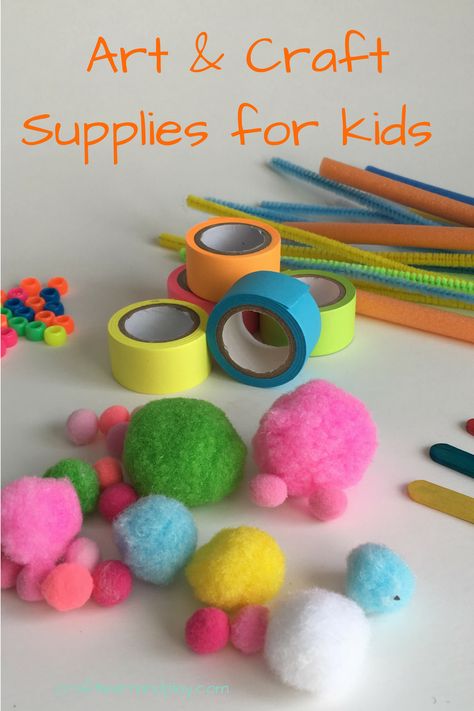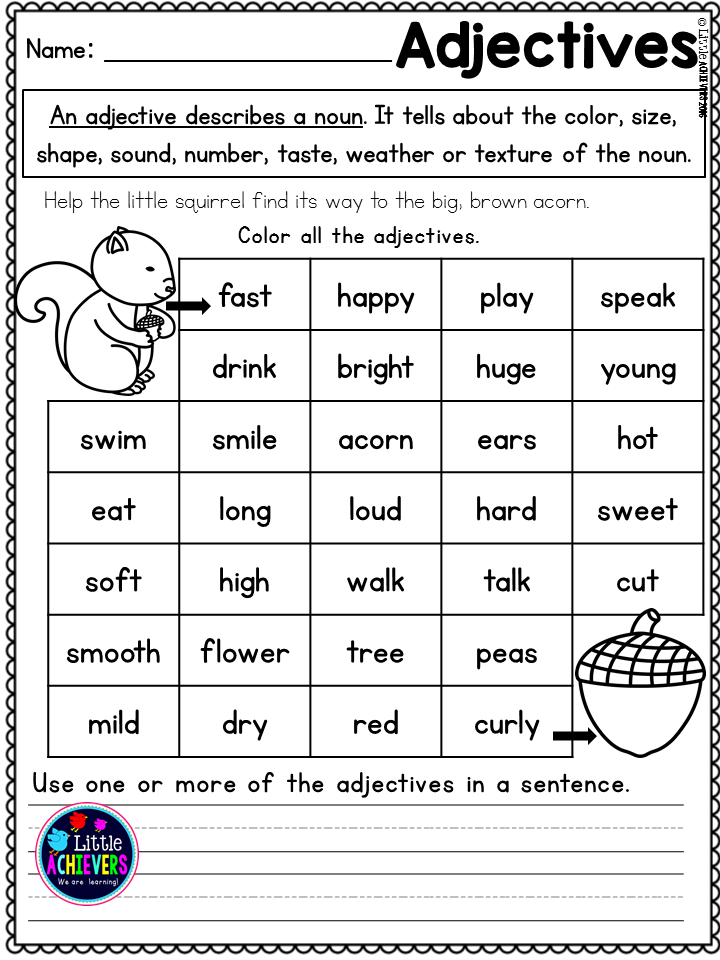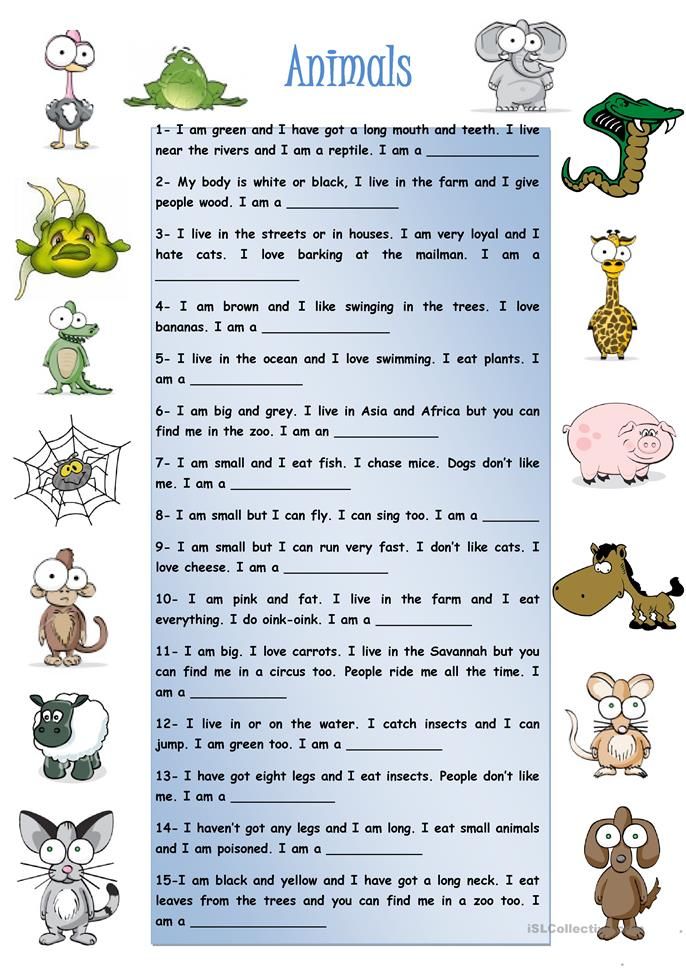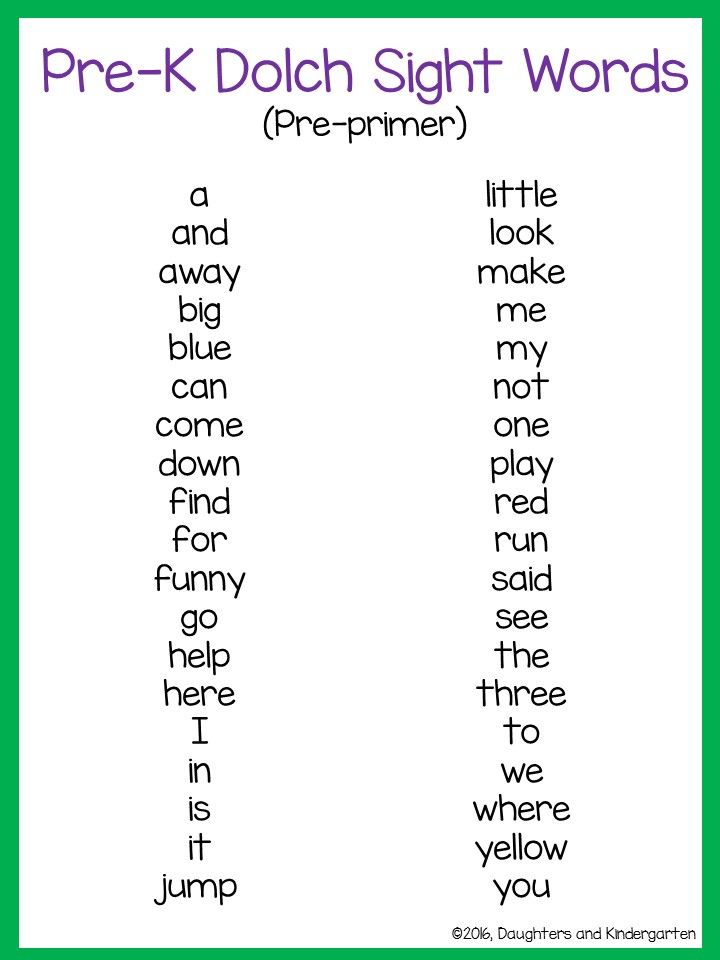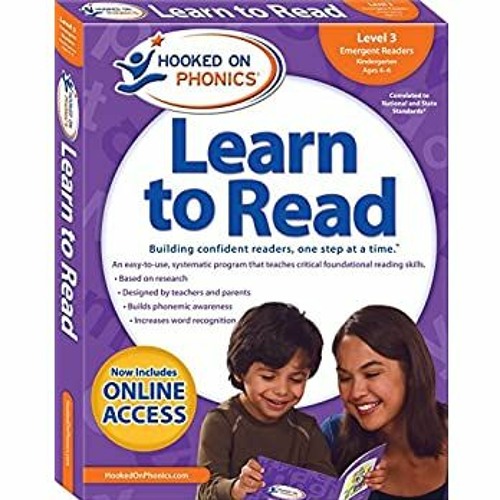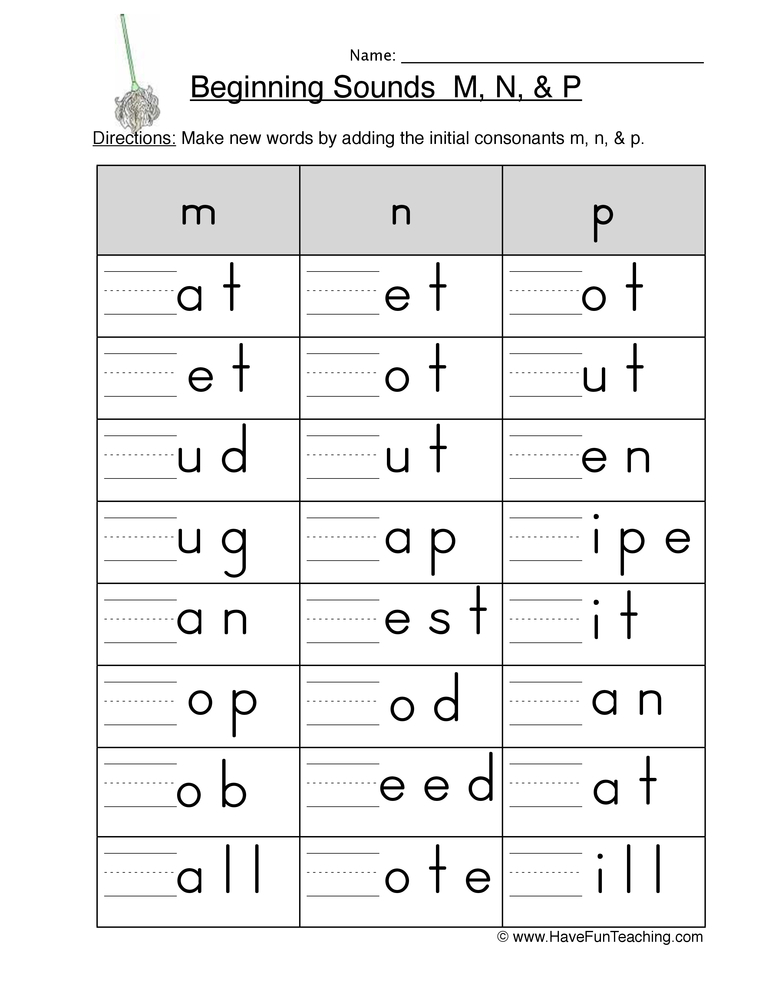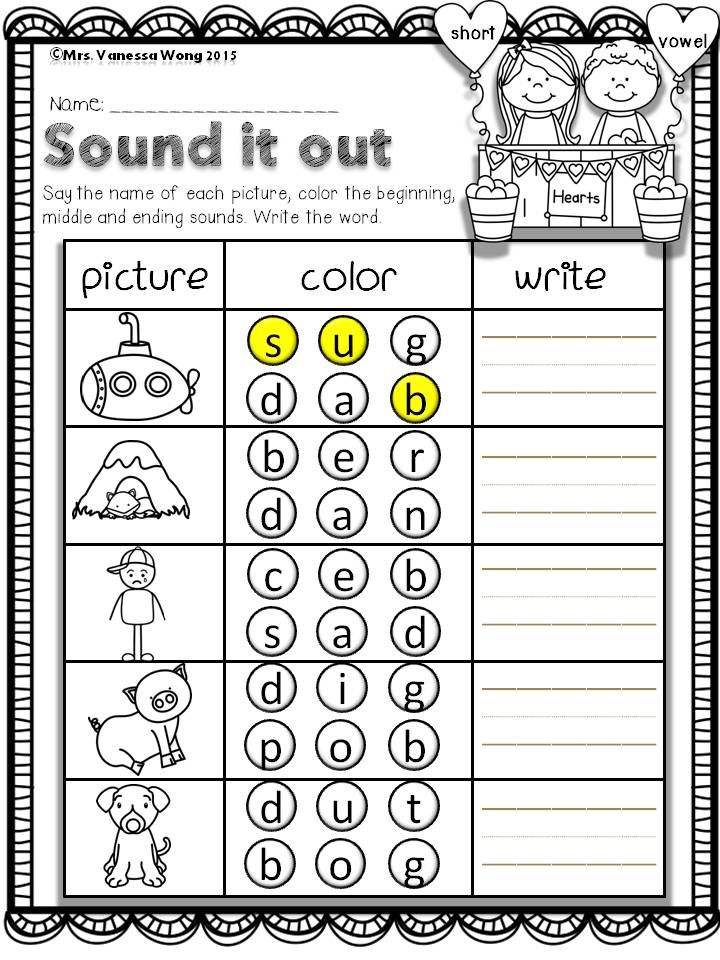How to make a child remember spellings
How to teach spelling words so they stick
Most children begin to learn English spelling words and spelling rules in the first and second grades, at the same time as they are learning how to read and write. And while being able to spell is not necessarily a reflection of a child’s intelligence, it’s a skill that is important to master.
That’s because poor spelling habits will follow a student as they move into higher grades and their vocabulary grows. Misspelled words are distracting for teachers who are correcting assignments and can be embarrassing for adults who still make mistakes in professional communication.
More importantly, problems with spelling can alert teachers and parents to the presence of an un-diagnosed learning difficulty, such as dyslexia.
In a language in which there can be multiple ways to represent the same sound in writing, knowing the correct way to spell a word is not always evident.
There are some general patterns in English that have enabled educators to write lists of rules. However, there are also exceptions to these rules and plenty of notoriously hard to spell words.
Adult learners who did not master spelling at a young age will have fossilized errors they need to unlearn. ELL students also have the differences between British and American spelling to contend with.
For educators charged with introducing spelling words, explaining the rules, motivating learners and correcting a child’s early written work, teaching spelling may prove challenging. But with fun teaching strategies in place, spelling instruction is less tedious and can even be enjoyable, particularly when learners excel to the point of participating in whole school competitions and regional spelling bees.
How do kids learn spelling?
Kids learn how to spell in the first and second grades. Most early spelling words need to be memorized. This is particularly true of high frequency service words. Teachers will often group them in sets and provide weekly quizzes.
Rules will be explained and terms that follow the same rule may be taught together, to help learners recognize patterns.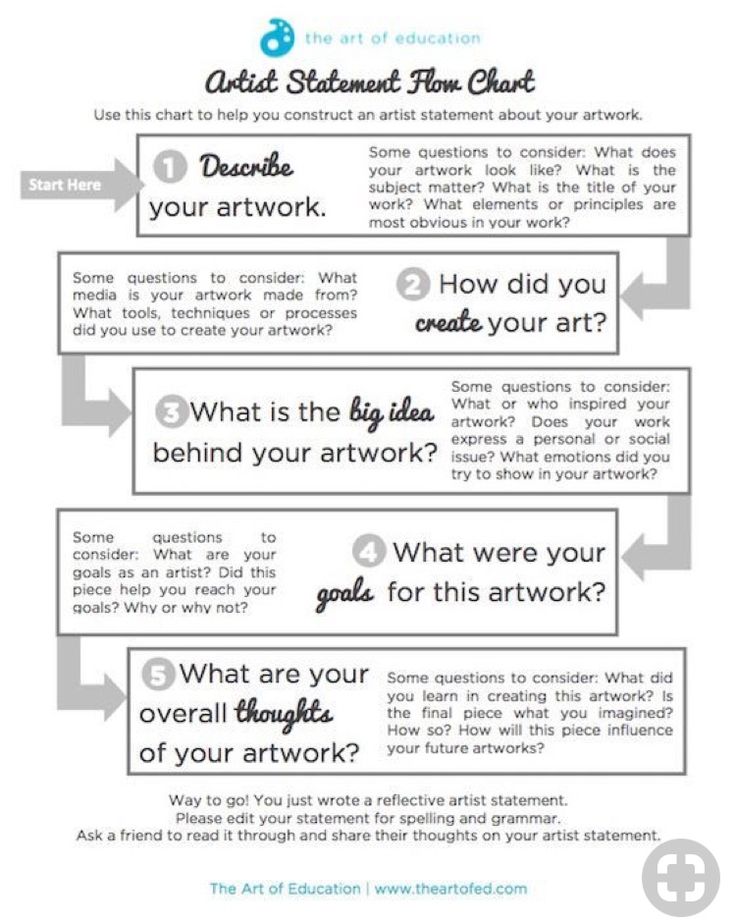 As students become stronger readers, they encounter familiar words more often. This helps them with spelling.
As students become stronger readers, they encounter familiar words more often. This helps them with spelling.
The more students use their words in writing activities, the greater the chances they will learn them by using the correct form, referencing it or making a mistake which they must later correct.
Sound-letter mapping
Children spend the first few years of life learning how to speak their native language. They acquire a certain amount of words in their vocabulary and then begin learning the alphabet and phonics.
In this way, they can identify the sounds words contain and match them to letters and letter combinations. These are essential pre-literacy skills that every child needs in order to start reading and writing.
As spelling involves sound-letter mapping, some words can be spelled by ear.
However, this requires learners to be able to hear every sound the word contains. Not everyone can do this. Children who have a hearing impairment, which often occurs in kids with Down syndrome, may struggle with spelling because they simply cannot pick out all of the sounds in a word.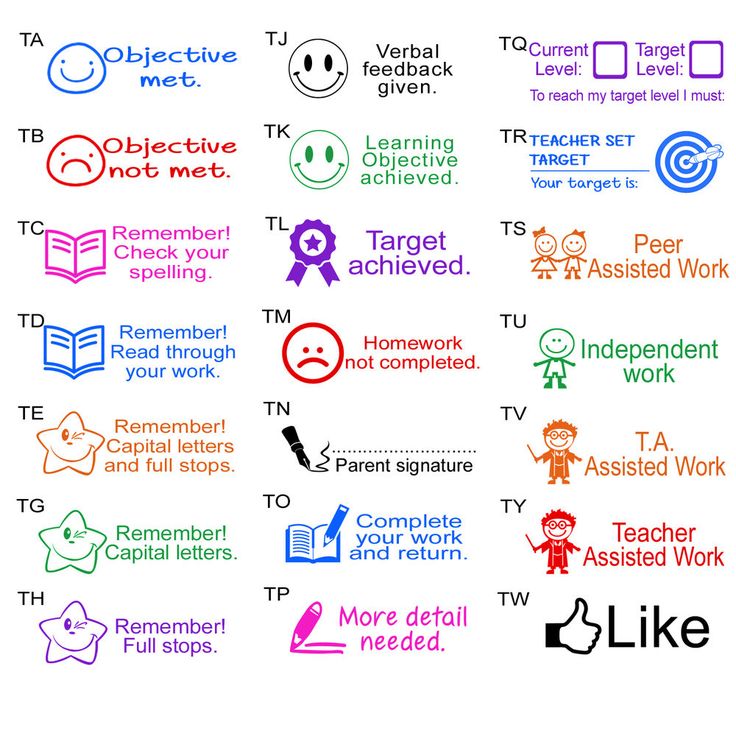
Identifying phonemes is also a particular challenge for children with dyslexia.
Dolch words
Many early spelling words come from the Dolch list, a selection of terms that make up 50-75% of all of the text in children’s books and school materials.
Also called Sight Words, learning to recognize and spell these words makes it easier for kids to focus on harder and less frequent terms in reading and writing activities. Made up of prepositions, verbs, adverbs, adjectives and conjunctions, there is an additional list of common nouns that teachers may choose to introduce. Learn more about teaching Sight Words in this article.
Tips for teaching spelling
Let them get creativeBreak out the construction paper and markers. Alternatively, have students cut out letters from magazines and make a ransom note style collage of words. Learners might even create posters containing different illustrations of the words on their list. The more cognitive attention given to the task and the more fun they have, the more likely a word will be remembered.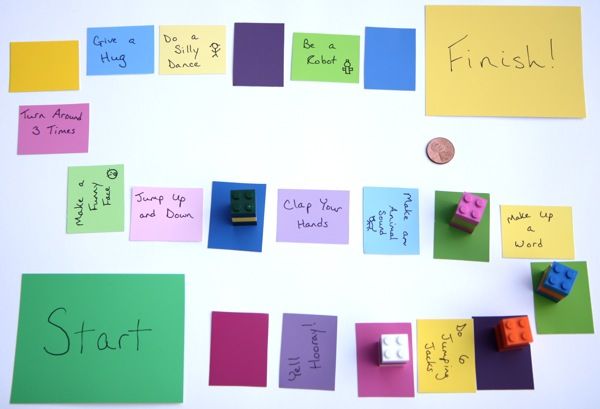
Rote practice and memorization may be boring but they can do the trick when it comes to focus on form. Having students copy a word multiple times helps. However, if a student struggles with handwriting, such as in dyspraxia and dysgraphia, it may be better to have them type the words on a computer.
Encourage readingThe more learners see a word spelled correctly, the easier it is for them to transfer knowledge of form into long-term memory. Find stories that contain repeat examples of the words on your spelling list. You might even write up a worksheet and have kids underline or star the terms they recognize.
Spell the word out loudSay words out loud and spell them out loud too. This encourages students to do the same. When kids spell out loud it helps them internalize the correct order of the letters using their ears as well as their eyes. This is also a good strategy for children who struggle with learning difficulties and helps in preparation for competitions like spelling bees.
Put up as much print as you can manage in the classroom. Words that are in a child’s environment will be received as passive input, which over time will transfer to active knowledge.
Play games to practiceCrossword puzzles and worksheets are great for homework or quiet activities but getting the whole class involved in games such as hang-man, is even better. Why? Because students will be motivated to spell the word correctly in order to win. Delivering answers will also necessitate both written and spoken responses. Some games will also give them a chance to evaluate their fellow students’ responses and correct any misspelled words.
Teach typingA great way to practice spelling is through a typing course. Students type and spell words over and over until they learn which letters keys represent, and how to reach for them in sequence. Typing gives students a chance to revise words they’ve already learned and learn the spelling of new words. They do this with the help of muscle memory in the fingers.
They do this with the help of muscle memory in the fingers.
A multi-sensory approach like Touch-type Read and Spell's will also help with grapheme-phoneme mapping and strengthen reading skills.
Explain mnemonicsSome hard to spell words can be made easier for students if they use a mnemonic device to remember the spelling. This may entail inventing an anecdote where characters in the story stand for the letters in a word. A student may also want to use images that correspond to letters, to help them remember the spelling.
Knowing how to recognize dyslexia
It is crucial to catch learning difficulties early on to prevent a child from falling behind his or her peers and help kids reach their full potential in the classroom. Students with dyslexia may have a hard time spelling words their classmates find easy.
They may reverse letters in handwriting activities or spell a word correctly one day and incorrectly the next. While spelling is impacted, dyslexia can also have serious implications for reading. Learn more about spelling strategies for dyslexic students in this article.
Learn more about spelling strategies for dyslexic students in this article.
Students who struggle with spelling
Having excellent spelling skills doesn’t necessarily mean a child is smarter than other kids. Nonetheless, learning good spelling habits from the start is important.
For students who struggle with spelling, working through a typing course can be just the ticket to improving their skills and gaining more self-confidence and motivation along the way. That’s because students can practice their typing in and outside of the classroom. Moreover, typing is thought of as more of a computer skill, which is less embarassing than needing extra help for spelling.
A modular course, like TTRS, is made up of individual units that students can repeat until they have learned the material. This gives learners the chance to overlearn spelling, which may be exactly what they need. They can also learn at a pace that is just right for them. Learn more about teaching kids to type and give TTRS a try today!
Learn more
If you like this article, you may also be interested in: 3 Causes of spelling difficulties, How to help with spelling, and Developing strong spelling skills
Do you have any creative tips on teaching spelling words? Join the discussion in the comments!
How to Teach Spelling So Kids Will Remember – Child1st Publications
Sarah Major, M.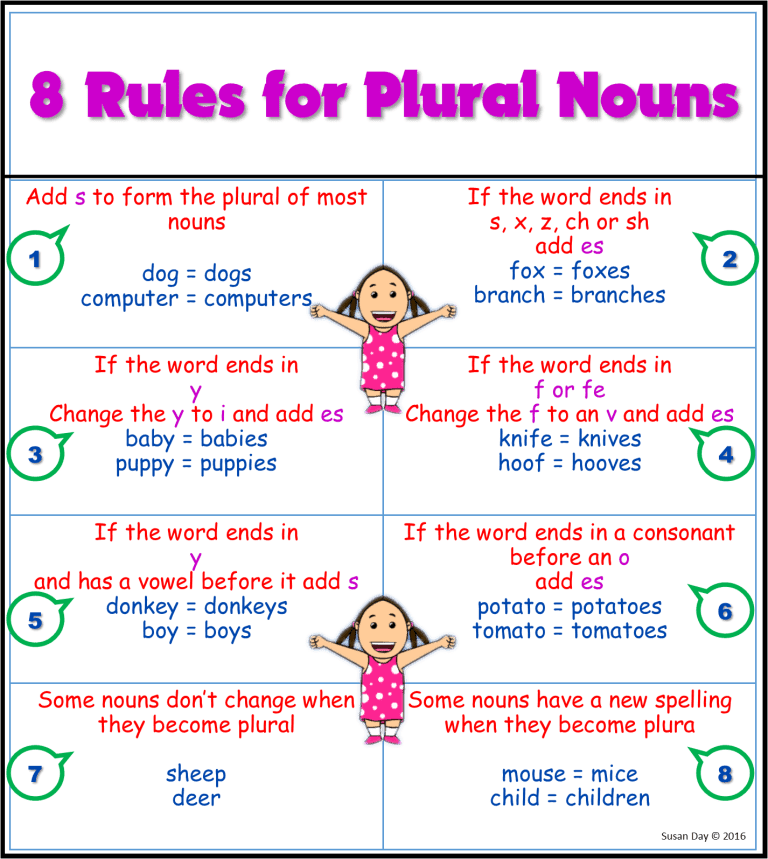 Ed. is passionate about working in harmony with a child's immaculate design to support their learning strengths. As a Title 1 Program Director and Designer, Sarah earned awards for creating her own multisensory educational resources that have now been sold in all 50 states and over 150 countries. By design, Sarah’s approach transforms symbol-heavy spelling content into whole-brain materials that engage all learners through an emphasis on understanding letter sounds rather than memorization.
Ed. is passionate about working in harmony with a child's immaculate design to support their learning strengths. As a Title 1 Program Director and Designer, Sarah earned awards for creating her own multisensory educational resources that have now been sold in all 50 states and over 150 countries. By design, Sarah’s approach transforms symbol-heavy spelling content into whole-brain materials that engage all learners through an emphasis on understanding letter sounds rather than memorization.
A common concern for parents and teachers is that even when the children score perfectly on their spelling tests, they don’t always carry that knowledge over into their reading and writing. In other words, they memorize and write their spelling words for the test, but their new-found knowledge is not carrying over into practice.
There are also children who find it nearly impossible to memorize spelling words, so they consistently fail spelling tests. This inability to successfully memorize is not a learning flaw at all! Many children (upwards of 60% of all children) are right-brained, visual, kinesthetic, or tactile enough that memorizing sequences of letters is just not in their wheelhouse.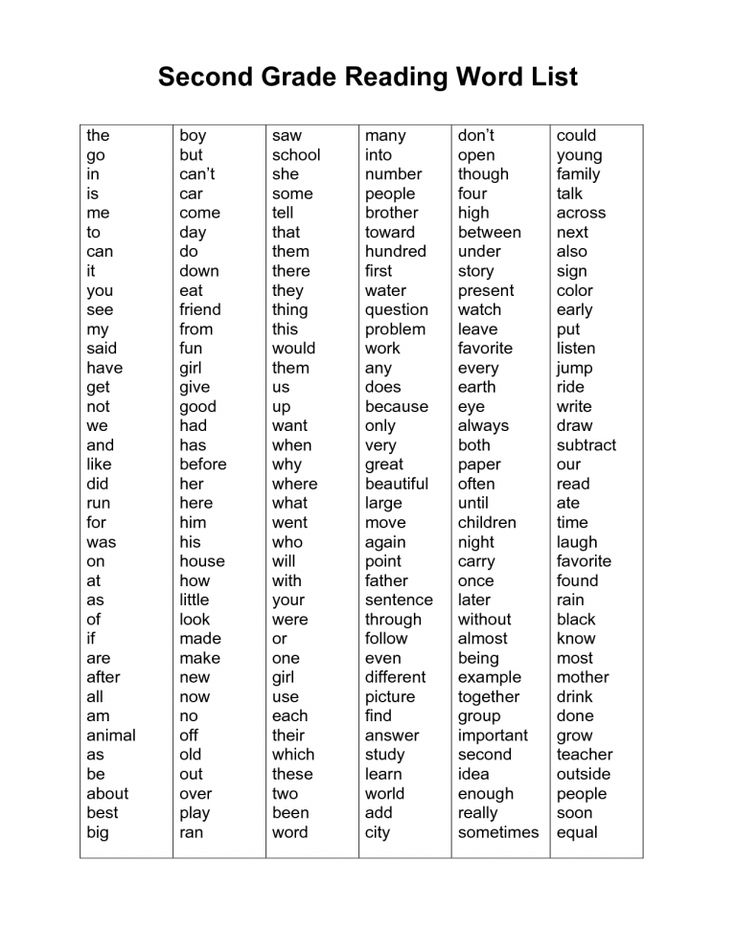 They learn successfully and quickly when they can use those amazing right-brained elements to learn.
They learn successfully and quickly when they can use those amazing right-brained elements to learn.
That is where Child1st comes in. We have done the hard work for you of designing lessons that are a natural fit for these gifted children. Lessons written in their own learning language that work for all kids in the classroom or at home.
But first...
Why teach spelling
- We want our kids to know how to spell words so they become proficient writers.
- One happy byproduct of successfully teaching children to spell is that their reading levels soar. Teaching spelling the right-brained way makes language make sense.
Why teaching spelling hasn’t always worked
Many types of learners cannot memorize and retain facts that involve symbols. (This includes memorizing words or math facts, too!) They might be able to retain the letters and sequence of a word for a few minutes, but 30 minutes later, the information will have disappeared from their brains.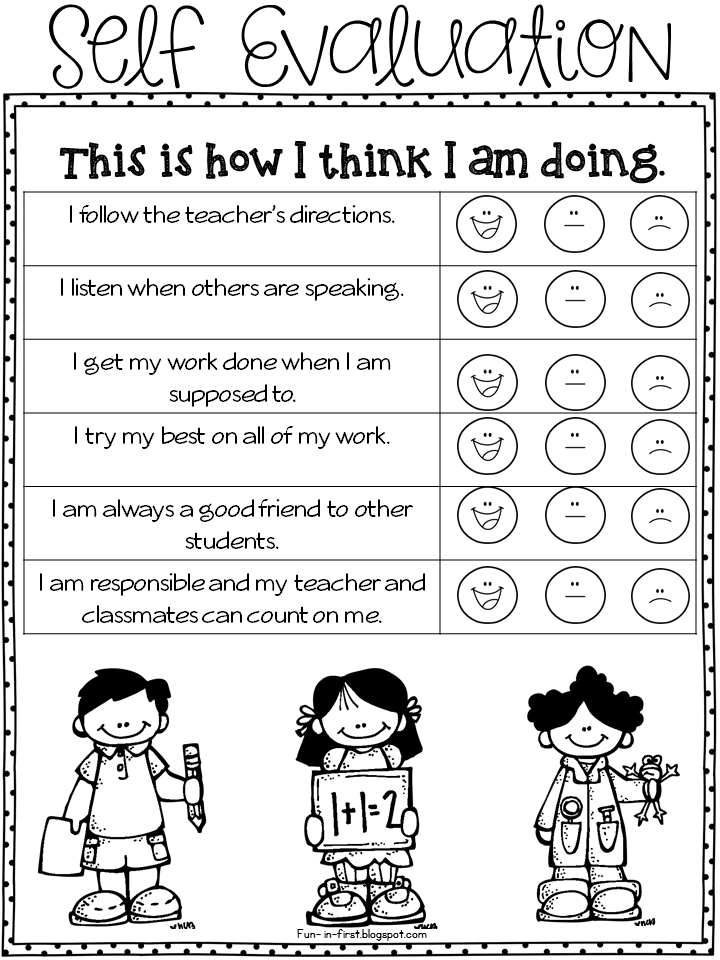
- Memorizing words for a test is different from applying spelling to reading or writing. For those children who can memorize a list of words for a test but who cannot apply that knowledge beyond the test, the problem lies in the fact that they utilized memorization for the test, but the information was not meaningful and wasn’t stored in long-term memory. The goal of studying was passing a test, not learning to use the words in writing.
- Traditional spelling lessons require children to learn a sequence of letter names. We’ve all heard children repeating word spellings to prepare for a test. Sometimes they are asked to copy the word list five or ten times. Children also are asked to clap and snap for consonants and vowels. But no matter what the tactile component or the chanting component, the children are still just repeating a sequence of letter names! But words are made of sounds, not letter names. One you can hear and write, the other you have to memorize.

Now, here comes the good part!
How to teach spelling so they will remember
1. Focus on the SOUNDS in words rather than letter names. I promise that if we taught spelling this way, our efforts would be better spent. No memorization is required!
2. Group words with similar spelling patterns together in a list. For example, instead of picking a theme for a word list, such as months of the year, choose a list of words that share a sound spelling such as Long I spelled IGH.
3. Capitalize on the child’s amazing visual memory. If you group the words you have chosen in a column, visually this will help the child see what the words have in common. The brain of a child LOVES patterns!
4. Use color! Once your words are in a nice column, have the child use a crayon or highlighter to color only the letters the words have in common.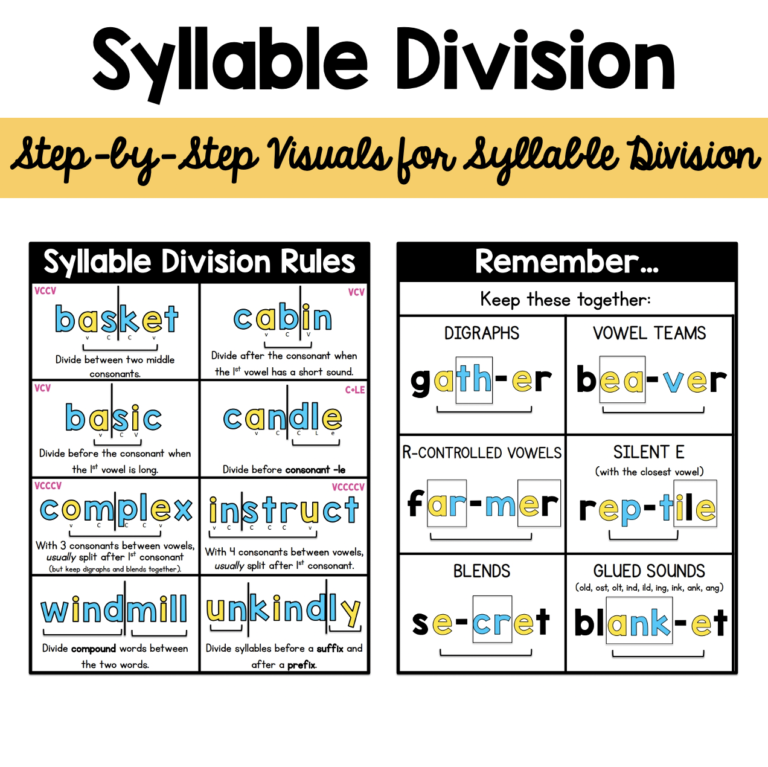
5. Point out that the highlighted letters all say (long) i. For instance, in the word HIGH, there are only 2 sounds: h – i. Easy to sound out, so no memorization needed!
6. To take spelling into reading and writing, have the children make up sentences that use the words on their list. NOT a sentence for each word, but rather they should cram as many IGH words into one sentence as possible! See the example above.
7. Finally, ask the child to illustrate their sentences. The fact that the child wrote a sentence using several related words and then illustrated them will take the learning into writing and into long-term memory!
How to Teach Right-Brained Phonics & Spelling
And it's ready to pick up and use immediately!
The Illustrated Book of Sounds & Their Spelling Patterns, 3rd Ed.
- All your spelling lists are made for you.
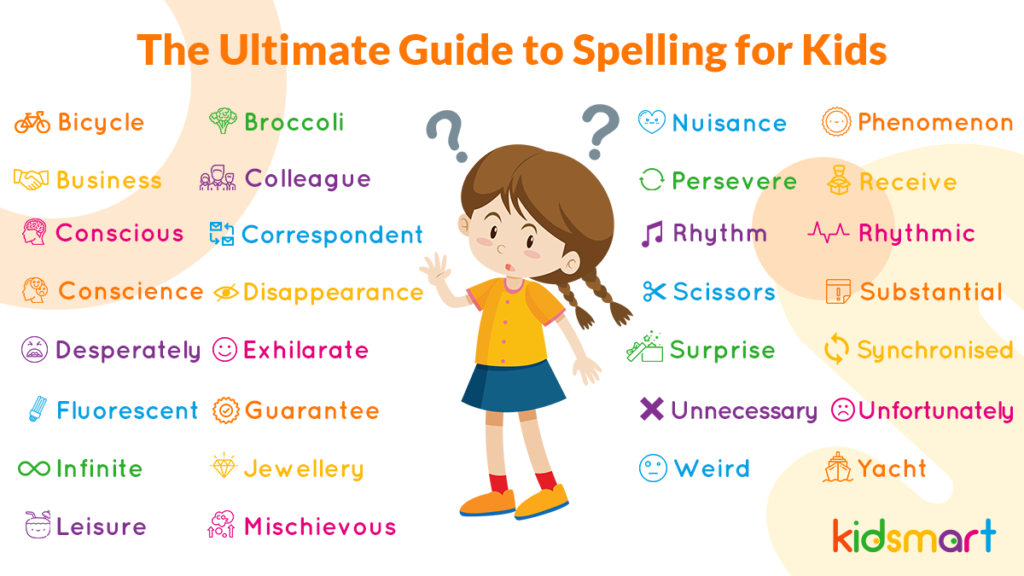
- All the sound spellings in our language are taught.
- There are 2-4 difficulty levels for each sound.
- The book is ready to use. Just copy the page you need.
- For Kindergarten through adult!
Use this method for teaching spelling and help your child become a better writer, a better reader, and love learning in general!
This approach to teaching spelling is research-based (see Group 4) and has proved to bring kids to grade level in reading and beyond!
All Sound Spelling Teaching & Display Cards have corresponding lessons in The Illustrated Book of Sounds & Their Spelling Patterns. Or save by getting the Right-Brained Phonics & Spelling Kit.
Watch the video to see why this approach is so effective
Our spelling and phonics products take content that is symbol-heavy and transforms it into whole-brain resources that reach and engage all learners at one time, including visual, kinesthetic/tactile, and auditory learners.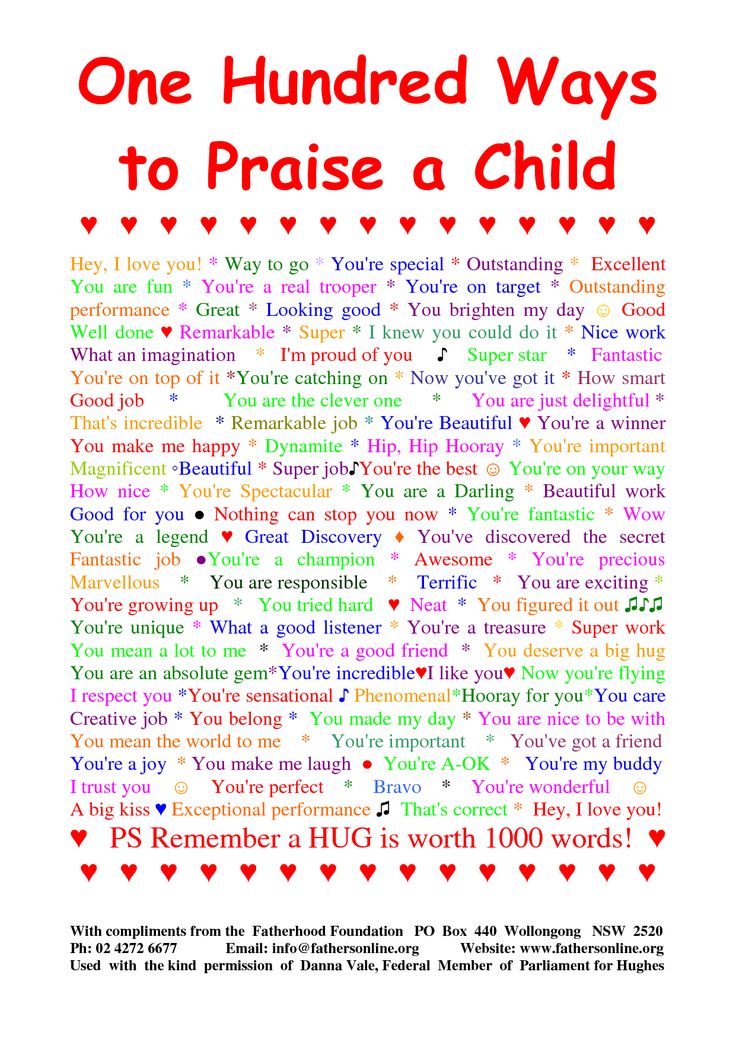
Find products especially designed for your visual and kinesthetic learners
SnapWords®: Sight Words & Explicit Phonics
SnapWords® are a wonderful right-brained tool that combine sight word recognition and explicit phonics instruction in one resource
Since its inception in 2006, Child1st has emerged as the leader in providing resources that parents and teachers alike can pick up and use. By their very design, Child1st resources meet the needs of children without the teacher-adult having to receive special training. We exist so that every child has the opportunity to learn in their own learning language.
- Tags: meta-blog-collection-how-to-teach-spelling
11 comments
← Back to How to Teach Other Things
{{ tier_title }}
","reward_you_get_popup":"You get","reward_they_get_popup":"They get","reward_free_shipping_popup":"You get free shipping discount\r\n They get free shipping discount","reward_you_get_free_popup":"Free shipping","popup_item_tier_benefits_title":"Benefits","popup_item_tier_benefits_next_tier":"Next tier","popup_item_tier_benefits_list_of_tiers":"List of tiers","reward_tier_achieved_on":"Achieved on {{ month }} {{ day }}, {{ year }}","reward_tier_multiply":"Multiplier","reward_tier_multiply_points":"{{ multiply_points }}x","earn_tier_more_points":"Earn {{ more_points }}/{{ next_tier_points }} {{ points_name }}","reward_as_discount":"{{ amount }} discount","reward_as_points":"{{ amount }} {{ points_name }}","reward_as_gift_card":"{{ amount }} gift card","flexible_discount":"Discount","flexible_discount_price":"Discount price","available_discount_title":"You don't have any available rewards at the moment","reward_your_tier":"Your tier:","reward_next_tier":"Next tier:","reward_page_confirm":"Confirm exchanging","reward_redeem_cancel":"Cancel","reward_redeem_confirm":"Confirm","reward_page_earn_points":"Earn points","reward_not_enough_points":"Not enough points","select_rewards":"Select Reward","reward_birthday":"Birthday","reward_enter_birthday":"Enter your birthday","reward_please_enter_birthday":"Please, enter your birthday","reward_enter_valid_birthday":"Enter valid birthday date","warning_title_for_reward":"Oops, it seems like the Loyalty & Rewards program is not available for this account.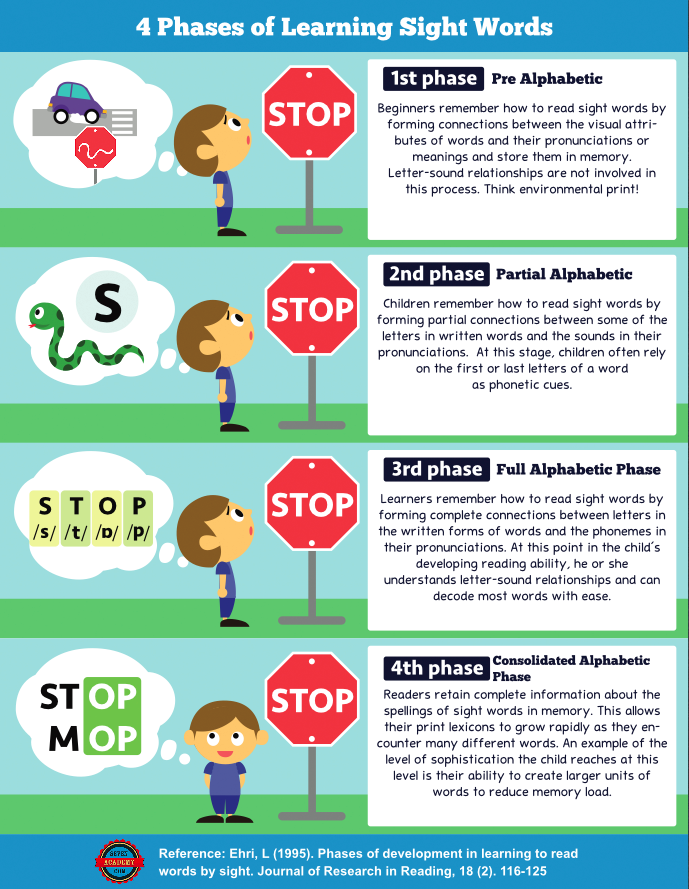 ","warning_title_for_reward_requirelogin":"To participate in our Loyalty & Rewards program, you should verify your account first. Please log in to check your eligibility.","reward_notifications_earned_points":"You’ve earned {{ points_name }}!","reward_notifications_spend_your_points":"Spend your points! You have {{ point_balance }} {{ points_name }}","reward_activity_reset_points":"Reset points","reward_activity_reset_tiers":"Reset tiers","reward_activity_reset_tiers_description":"","reward_notifications_you_have":"You have
","warning_title_for_reward_requirelogin":"To participate in our Loyalty & Rewards program, you should verify your account first. Please log in to check your eligibility.","reward_notifications_earned_points":"You’ve earned {{ points_name }}!","reward_notifications_spend_your_points":"Spend your points! You have {{ point_balance }} {{ points_name }}","reward_activity_reset_points":"Reset points","reward_activity_reset_tiers":"Reset tiers","reward_activity_reset_tiers_description":"","reward_notifications_you_have":"You have {{ points_name }}","reward_notifications_discount_check":"Use discount on the check out page","reward_notifications_add_discount_to_your_cart":"You have available discount. Add discount to your cart!","reward_discount_unavailable":"Discount unavailable","reward_program_emails":"Reward program emails","reward_title_earn_for_place_order":"Buy this item and earn {{ points_count }} {{ points_name }}","reward_title_earn_for_place_order_on_cart_or_checkout":"You are earning {{points_count}} {{points_name}} on this purchase","reward_save_btn":"Save","reward_delay_points_pending_status_rule":"Pending","referral_page_inviting_text":"By Inviting Your Friend","referral_page_your_benefit":"Your Benefit","referral_page_your_friends_benefit":"Your Friend's Benefit","referral_page_get":"Get","referral_page_no_reward_text":"praised by inviting your friends!","referral_link":"Referral link","copy_link":"Copy Link","referral_page_share_title":"Share on Social Media","referral_page_active_discounts":"Active discounts","claim_referral":"Claim","referral_notification_label":"Please enter your email to claim the gift","email_sent_successfully":"Your email has been sent successfully!","referral_page_share_link_not_log_in":"Log in to start sharing your link","reward_activities_order_refund":"Order refund","reward_activities_order_updated":"{{rule_title}} (Order updated)","activity_refund_earn_point":"-{{ points_count }} {{ points_name }}","activity_refund_earn_points":"-{{ points_count }} {{ points_name }}","activity_order_tier_lowered":"Tier lowered ({{ tier_title }})","order_refunded_activity_spend":"+{{ points_count }} {{ points_name }}","reward_activity_discount_refund":"Discount refund","reward_activity_gift_card_refund":"Gift card refund","refund_tier_activity_discount_refund":"Discount refund ({{ discount_code }})","referrer_guest_notify_message":"Sign up to get your discount","reward_sender_block_list_in_referral_program":"Sorry, this referral link is no longer active","referral_title_history":"History","referral_not_allowed_to_use_referral_program":"You are not allowed to use referral program","referral_no_activity":"No activity","referral_history_customer_name":"Name","referral_history_customer_email":"Email","referral_history_status":"Status","referral_history_date":"Date","order_redeem_discount_name":"Discount redeem on the order ({{ name_order }})","discount_expire_in_day":"Discount expires in {{ days_count }} day","discount_expire_in_days":"Discount expires in {{ days_count }} days","activity_discount_expired_code":"Discount expired {{ code }}","activity_discount_expired":"Discount expired","current_balance":"Current balance","birthday_gift_multiply_message":"Points for every order placed on your Birthday will get multiplied by {{ multiply_points }}!","your_discount_code":"Your discount code:","verify_account_message":"To get reward for creating an account, please verify your email address.
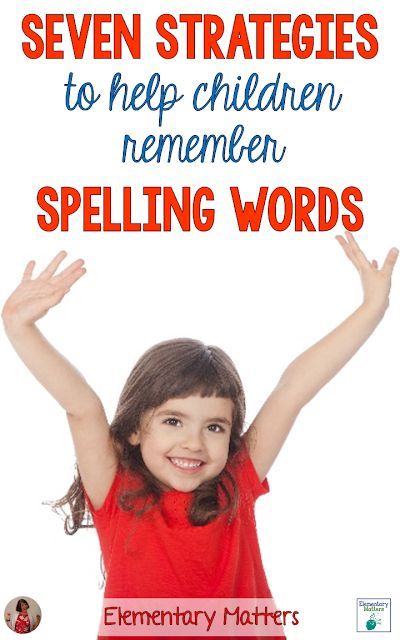 ","verify_account_email_is_send_massage":"Verification email sent,
","verify_account_email_is_send_massage":"Verification email sent,please check your inbox.","verify_account_button":"Verify account","spending_card":"Spending rule card","minimum_purchase":"Requires minimum purchase {{ discount_amount }}","tier_info":"Tier info","completed_rule":"Completed rule","earning_rule":"Earning rule","reward_popup":"Reward popup","birthday_field":"Birthday field","shop_it":"SHOP IT","back":"Back","click_for_sound_on":"Click for sound on","click_for_sound_off":"Click for sound off","view_on_instagram":"View on Instagram","view_on_tiktok":"View on Tiktok","instagram_gallery":"Instagram Gallery"}
10 ways to remember the spelling to teach your child to write correctly
"The biggest stupidity is to do the same thing and hope for a different result." (c) Albert Einstein
If you are cramming the rules of the Russian language, repeating a dictionary word a hundred times, writing it down, it doesn't work, and you hope it will work next time - that's stupid.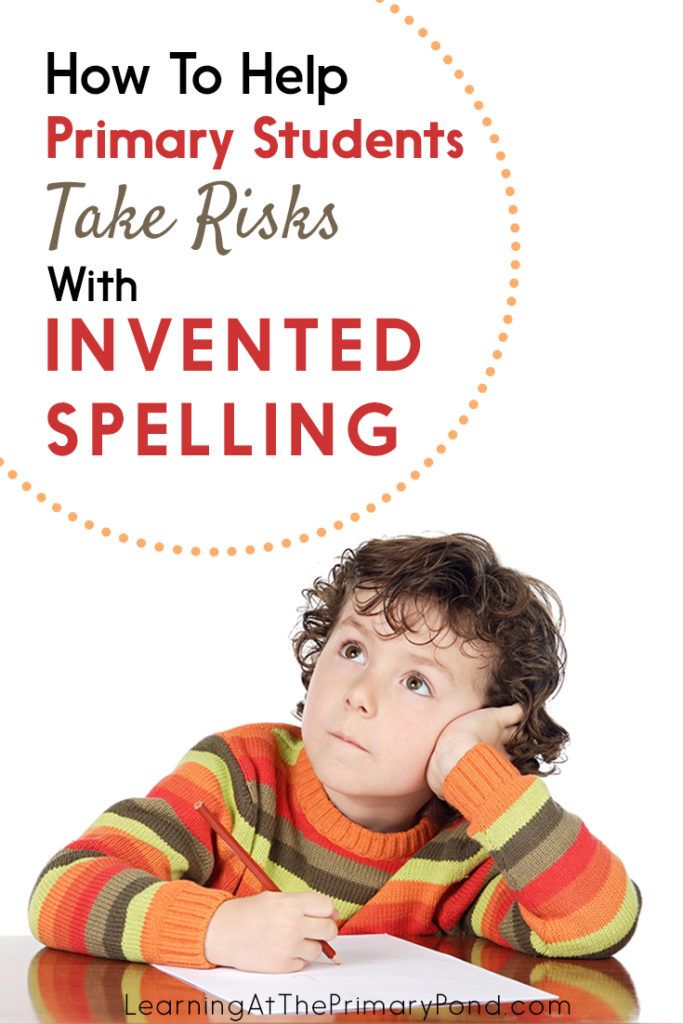 If something doesn't work, you have to do it differently.
If something doesn't work, you have to do it differently.
Today we will analyze ten tricks and methods that will help a child learn and remember the rules of the Russian language.
The methods presented below are an excerpt from the manuscript of Renata Kirilina's book "How to improve a child's literacy."
Method 1 - Develop an algorithm
An algorithm is a sequence of actions that leads to the desired result in a certain finite number of steps.
Before a child begins to learn to write, he has no program at all in terms of spelling.
So, he learned to write, and he has the first program - when I write, I just write the letters that I hear (because when we teach a baby to write, we always pronounce / dictate words clearly).
Sometimes it happens that this first track, like an asphalt road, is the strongest and widest neural track in his head, and the rest that appear later are so thin that the signal does not go through them.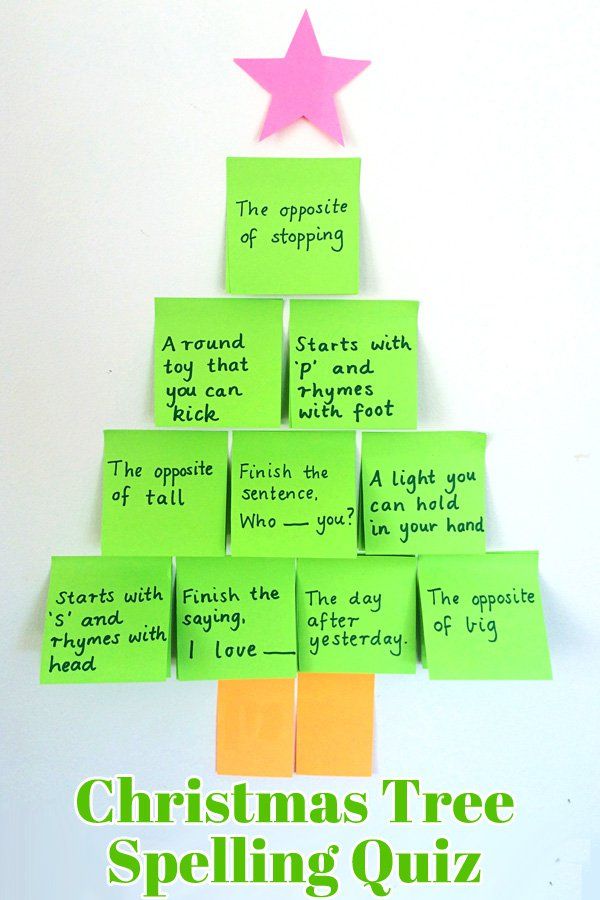 Those. when a child was given a new program “ZHI, SHI - write with the letter I” - the asphalt road / program “as I hear, so I write” still “shoots” with him.
Those. when a child was given a new program “ZHI, SHI - write with the letter I” - the asphalt road / program “as I hear, so I write” still “shoots” with him.
This should be known and taken into account if the child has problems remembering the rules. A child with innate spelling vigilance easily and simply memorizes a new algorithm and also easily applies it.
A good way is to develop an algorithm program with your child “Writing the vowels E-E-O after sibilants and C in nouns and adjectives”
2. Create educational posters
This method is widely used and recommended at school.
What is the advantage of a poster (especially one drawn by oneself)? When compiling such a poster, all types of perception are involved, and the child himself (or with your help) systematizes the information. With a purchased poster, the situation is worse - if you just buy and hang it on the wall, it will just hang there.
But there is also a minus - when you constantly see a hint before your eyes, nothing is deposited in your head - the eye is “blurred”.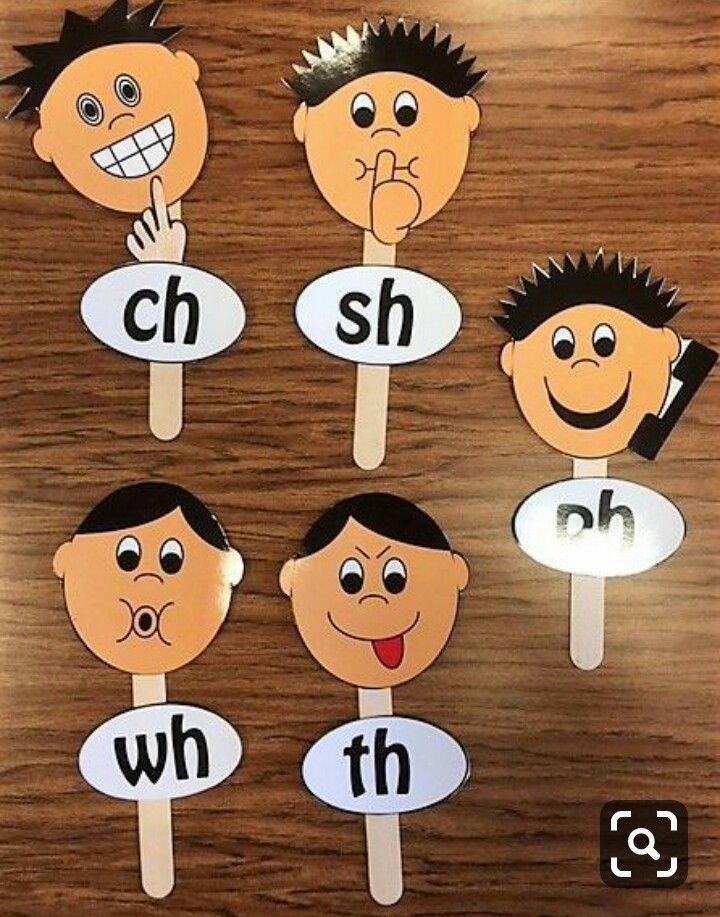
In schools, if there are such posters in the classroom, they are closed for the duration of tests. In my teaching practice, when I got the 4th grade of the 17 weakest students of the parallel, I took off all these posters and made a “knowledge desk” instead of them, on which all the rules in Russian and mathematics, all vocabulary words, etc. were written. And it worked with a bang.
You can make a similar poster for your own — take a piece of Whatman paper and write all the basic rules on small cards (not too small to read easily!)
It is important, when working with educational posters for the first time, to explain and show the child how to look for the necessary information: if it is a dictionary word, then we are looking for it here, if the multiplication table is here, etc.
My eldest son has a similar corner knowledge in the form of a multiplication table was in the kitchen (the most distant room from the nursery). And while he went back and forth for clues, he memorized the entire table.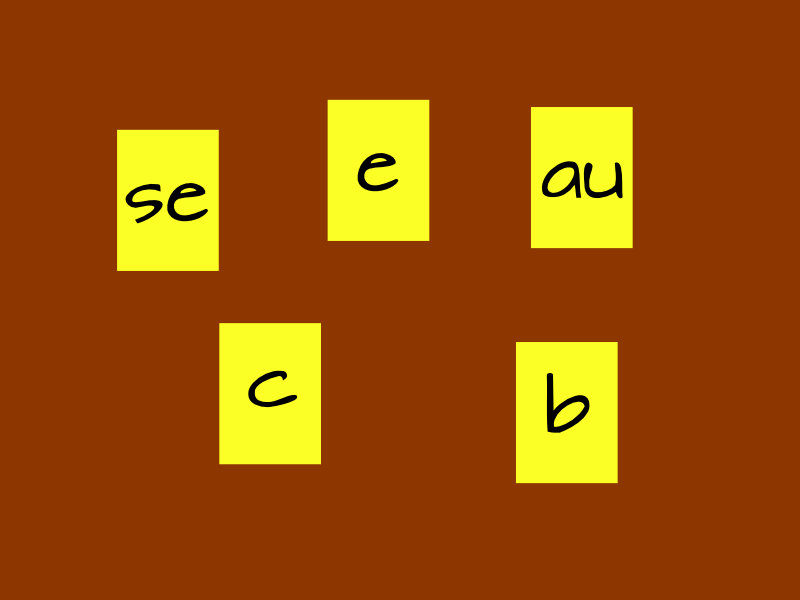
How else to make a poster? Draw four people: a girl - a prefix (covered with an umbrella because it's raining and a girl - because it's changeable), the root is a boy with a smile (why with a smile - ask the children), a sad boy - a suffix (why is he sad?) And the ending - a boy with a large box with a gift inside, and he came to visit (but does not always come).
And the first three children stand on some kind of stand (platform, etc.) — this is the basis of the word.
Here's an educational poster for you!
And if a child has difficulties with the sequence of highlighting the parts of the word “prefix-root-suffix-ending”, then this problem is solved in this poster. Such a poster can be growing - i.e. when information or rules are added for each part of the word, we add it there too.
Prefixes can be drawn in the form of a flower with 6 petals or a 6-pointed asterisk and on each petal (ray) highlight the spelling of prefixes in different colors (ot, nad, underd, v, s, ob).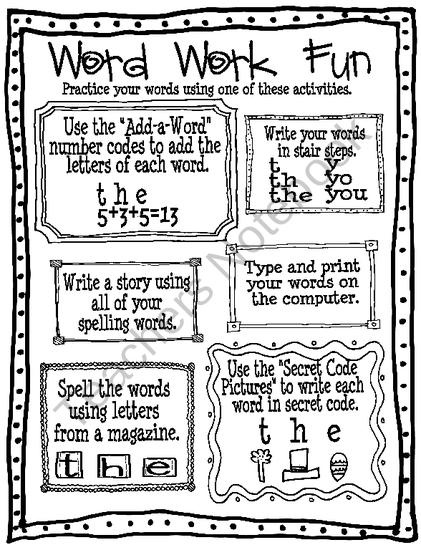 And it will immediately be clear, for example, that the prefix "z" does not exist.
And it will immediately be clear, for example, that the prefix "z" does not exist.
Or create a "Flower-seven-flower" with the rules for using the prefixes "pre-" and "pri-"
multi-colored stickers folded in half along the adhesive side (it turns out a small rectangle glued in half, which is convenient for the child to hold in his hands). We take multi-colored cards in order to take cards of different colors depending on the spelling.
On one side of the card, a rule is written, and on the other side, an example or some kind of hint.
For example - "ChK" (written without a soft sign) on the one hand, and "NIGHT" - on the other. You can come up with a story about some character starting with the letter C. For example, Cheburashka (let the children come up with it themselves) and think that he can pick up an object that starts with the letter K. The most obvious option is sweets. And so Cheburashka took a handful of sweets in his hands, and the Soft Sign (we also “revive” him and draw with eyes, a mouth, etc.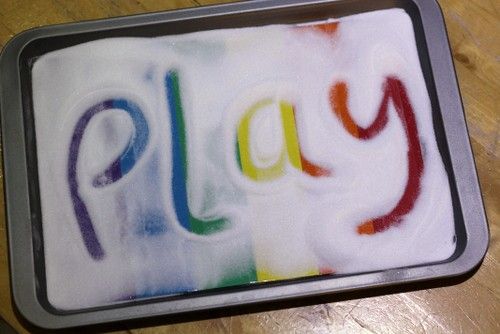 ) - he is such a beggar! Always looking at everyone. And he asks Cheburashka: "Play with me!" But Cheburashka refuses him. And the soft sign between the Cheka does not fall.
) - he is such a beggar! Always looking at everyone. And he asks Cheburashka: "Play with me!" But Cheburashka refuses him. And the soft sign between the Cheka does not fall.
It is also interesting to take the word “stash” as a hint in this case. I tell the children: do you know what a stash is? This is when you didn’t eat all the sweets, but hid a few pieces. And the guys and I are discussing who eats all the candy at once on New Year's Eve, and who makes stash.
For example CHN - on the one hand and STREET - on the other. Cheburashka (Ch) where will he hide some of the sweets? For example, in a sock :)
We also write on the cards ZhI, SHI, SЪ, TSY-TSYA, etc.
card, then checks himself by turning them over. Thus, the child remembers the rule immediately both through kinesthetics and through a visual image.
In order for the child to master the rules that are more difficult for him than others, we use the “3 boxes” method of working with cards (small round jars of chips are ideal for this method).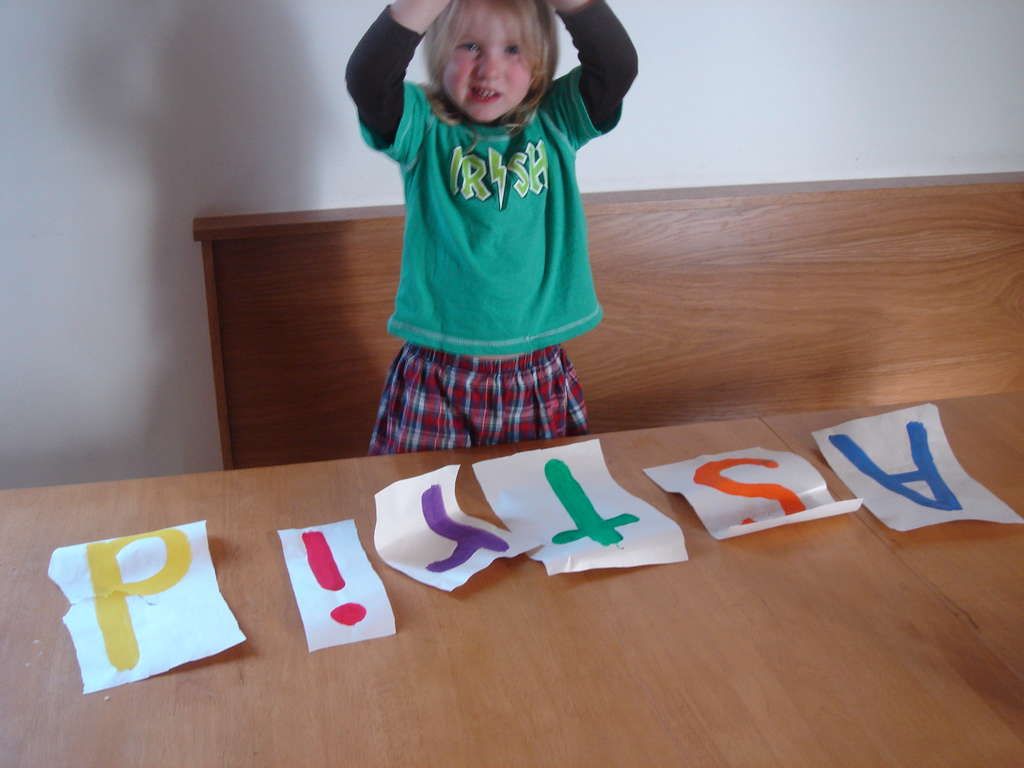
We sign box No. 1 - "EVERY DAY".
We sign box No. 2 on some day of the week (we have Wednesday).
Box number 3 - every N day of the month (we have the 14th).
How to use this method?
For the first week, the child every day (it is better if it is always at a certain time, and even on weekends) takes out the rules from box No. 1 and leafs through them, saying aloud.
In the second week, you define “her day” for box #2 and put there those rules that the child already bounces off the teeth (while the cards with the rules in which the child still makes mistakes remain in box #1). In the second week, on other days, do NOT touch the cards from box No. 2. And starting from the third week, the child takes out the cards from this box and repeats them. If everything is OK, the cards are moved to box No. 3, which you need to look into only once a month on a certain day of the month.
For a child with dysgraphia, this is a great way to reduce spelling mistakes!
4.
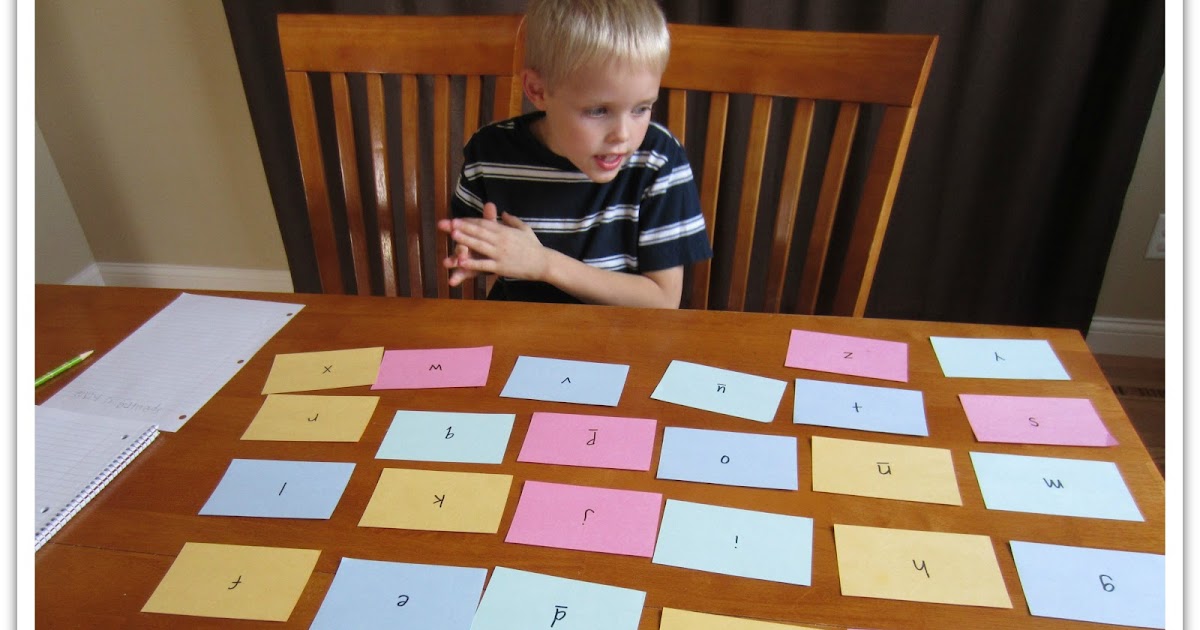 Use Mind Maps
Use Mind Maps This is a way to organize information that necessarily contains color, flexible lines and a minimum of information. You can find ready-made mind maps on the Internet, but it is better if you make them yourself with your child.
5. Come up with "REBUS"
Children love this method very much.
Above, I wrote about the desk of knowledge, which I made for my students instead of ordinary posters. And on this knowledge desk, I used a lot of puzzles / left-right, left-right / Please note that if you write such puzzles, then all parts of such a puzzle should be written in the same color! Otherwise, the child will have a different color “fall out”, and he will not have a connection between the parts of the rebus in his head.
6. Learn the rules in poems
If after the root - "A",
There will always be "I" in the root.
Here's an example, remember:
Wipe your feet - wipe.
Or, for example, this:
A lucky man was walking down the street,
All dressed casually,
And he looks very adult,
You can immediately see that he is a god!
He is people-loving, he is wealthy,
An amazing dotep,
He is a wit and a douche,
And completely developed.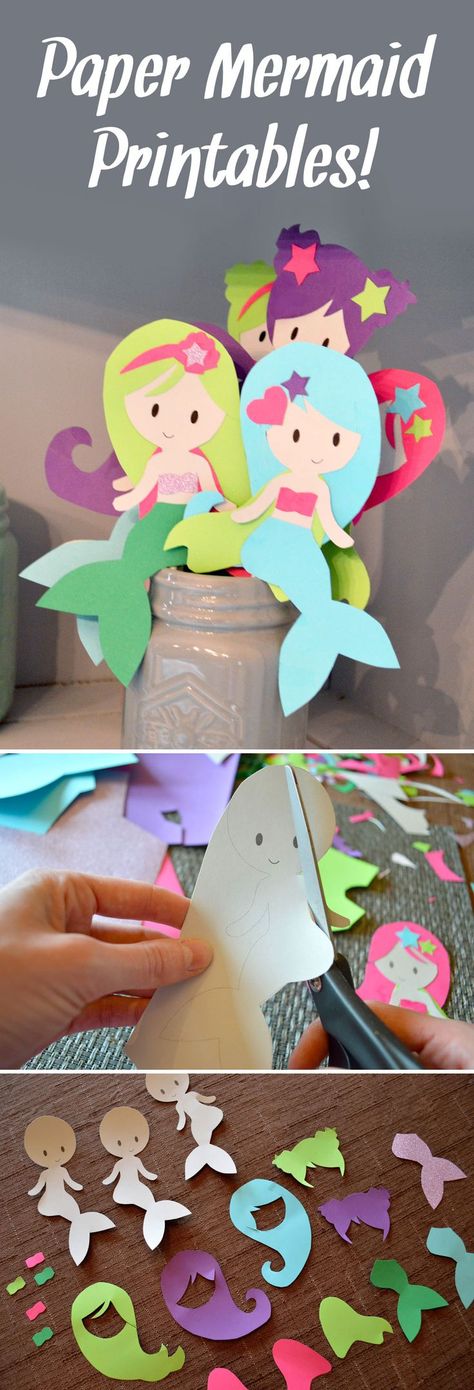
And he goes to meet
Vrastenichnaya Smeyana,
In a completely censored language
Says to him by name:
I'm so stubborn,
And natural gray-haired,
I'm terribly cheerful,
I love ryashestvo very much!
Come on, you and I
We will live in a legal marriage,
After all, hardly anyone and where will find such a fine pair
!
© Yury Basin
Such poems allow the child to "revive" the rule by drawing it in his head in pictures. I don't see the point in learning poems for every rule, but if your child makes mistakes and "just learning the rule" doesn't help, then you can choose any of the suggested methods and use the one that works. And, perhaps, if before that the child was systematically mistaken, this time he will easily remember the difficult rule for him.
7. Read and compose spelling fairy tales
You will find a huge number of amazing grammar fairy tales and poems for all the rules of grades 1-3 in Valentina Volina's book "Merry Grammar".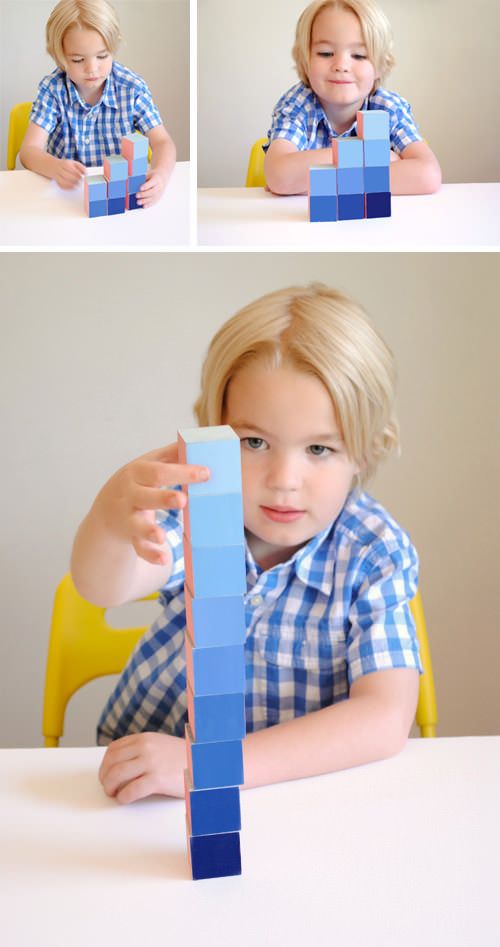
I must say right away that only this method (fairy tales) will not work - the child learns a lot of fairy tales, but may forget to apply the rules (although he knows the rule itself). But in some cases, these tales are just a godsend.
The tale of how the letter H quarreled with the letters I and Yu. (V. Volina)
One day the letters I, Yu, A and U called the letter C to play hide-and-seek. They counted, and it fell out to look for the letter C. The rest ran to hide. Letters sit in secret places, waiting for them to start looking. Here the letter H has already gone around everything, found A and U, but Z and Yu still can’t find it. I searched and searched, but did not find it, offended, I decided to go home. The letter H passes by the neighboring house, sees - Yu and I, as if nothing had happened, are sitting on the porch. H was offended, and since then they have been friends apart. They never stand together.
- But with the letters A and U, the letter H made friends.
— Since then, NA and NC are written only with A and U.
You can compose fairy tales yourself, you can even together with children if you have the desire and ability. Otherwise, ready-made fairy tales from the proposed book or from the Internet will come to your aid.
8. Introduce "HELPERS"
With the advent of "helpers" in my life, it was divided into "before" and "after". And it's not a joke. When I was an exchange student in Finland, I was introduced to the Fraer model, a certain method of organizing information.
Write the rule in the central rectangle. For example, "ZHI-SHI". In the upper left - the definition of the rule is given. (ZHI, SHI - write with the letter I)
In the upper right - additional information is written, related rules (CHA-SCHA, CHU-SCHU)
In the lower left - we (the child) "dissect" the rule, in simple words. You can draw a fairy tale, write a rhyme, draw a rebus, etc.
In the lower right rectangle, the child writes down the rule in HIS OWN WORDS as HE UNDERSTANDS IT, or writes EXAMPLES of using the rule.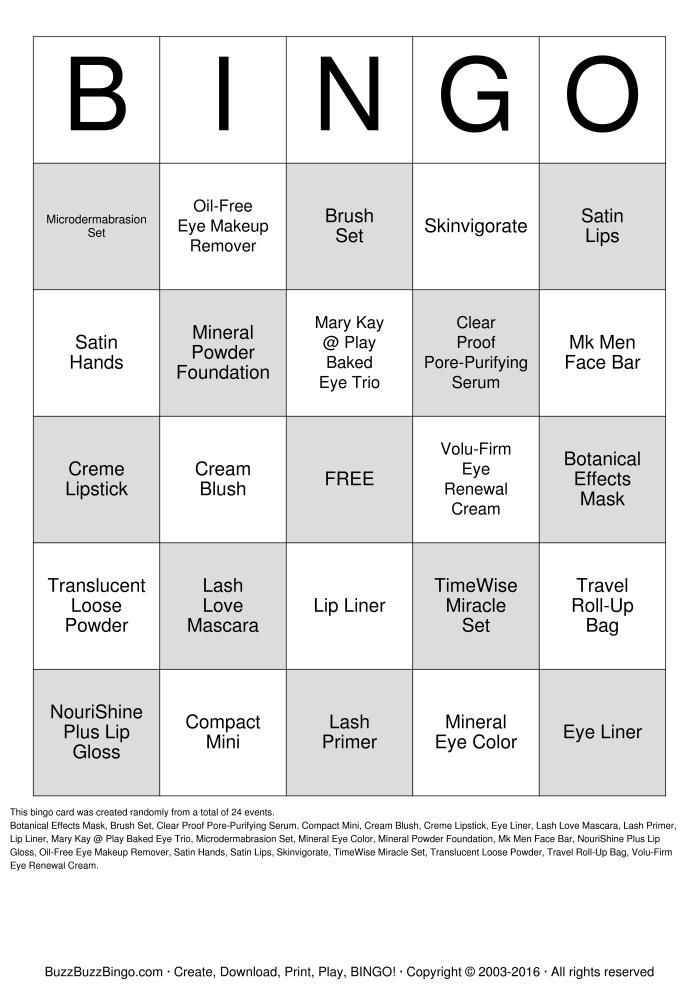
This model is used with success in the study of any subject. Great for learning Russian history. In the center we write the emperor and the years of his life and reign, in the upper left - domestic politics, in the upper right - foreign policy, in the lower left - social movements, in the lower right - culture, economy, development. Thus, it is possible to decompose the ALL history of Russia into cards, the history of the ancient world - in cards by states, biology-zoology - to divide animals into classes and species.
For the rules, this model is the best there is.
9. Use mnemonic expressions
Surely you are all familiar with mnemonic expressions for memorizing cases: Ivan gave birth to a girl, ordered to drag a diaper. Or Every Hunter Wants to Know Where the Pheasant Sits (for memorizing all the colors of the rainbow in order).
In this technique, they take the first letters of the rule and come up with some kind of phrase.
You can come up with these expressions yourself, or you can find them on the Internet.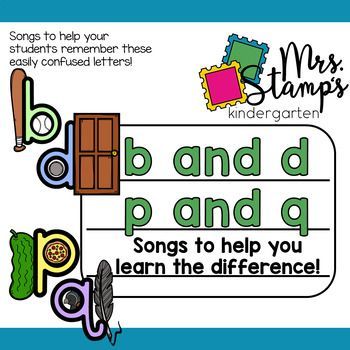
We have an article on the blog Russian language rules in verse
In it you can also find mnemonic phrases for memorizing various rules.
10. Use mnemonics
In the "School of Special Agents" with children, we often use the game Sea Battle to memorize vocabulary words.
Points are marked on the 5x5 field and boats are “hidden”. Points are written in the cells. The child chooses a cage and must complete the task hidden in it. If the child coped with the task, he earns the number of points indicated in the cell. If at the same time he hits the enemy ship, then he has the right to make one more move. If he fails, then the points go to the opponent.
So the child makes a move and receives a task.
For example, say how the word "birch" is spelled. The child either pronounces the word in syllables, or writes it on the board (not in a notebook! Otherwise, interest in the game disappears!).
If the child answers correctly, continue on.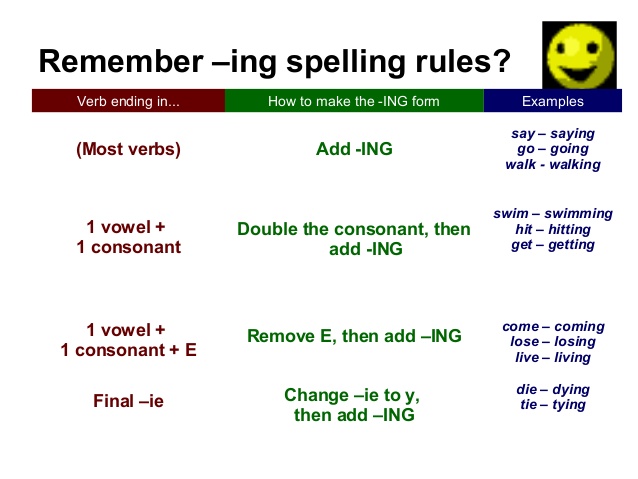 If the child is wrong - rejoice! Because we have found a mistake and we can get rid of it once and for all! How will we do it? We need to remember that after the letter "b" the letter "E" is written. What animal with the letter "E" do you know? Raccoon. And imagine that the raccoon walks among the birches.
If the child is wrong - rejoice! Because we have found a mistake and we can get rid of it once and for all! How will we do it? We need to remember that after the letter "b" the letter "E" is written. What animal with the letter "E" do you know? Raccoon. And imagine that the raccoon walks among the birches.
And there is a high probability that next time the child will write this word without errors.
So, for the word “art”, the children and I came up with the idea that elephants (“s”) go to the art gallery. The first is daddy elephant, one ("C"), and after him - mother elephant with a baby elephant ("SS").
And in order to remember the “class”, we with special agents put two elephants in the class. Can you find them?
It is important to find the mistakes that the child makes most often and take them into work (for example, add them to the game (Battleship).
If you are not ready to try, test, play and study the proposed methods on your own, you can enroll your child in the "School of Special Agents for Effective Training", where we play similar games and master all of the above methods of memorizing the rules in the classes of "Double Agent"
On August 6, we launch the 6th stream of the School of Special Agents for Effective Training.
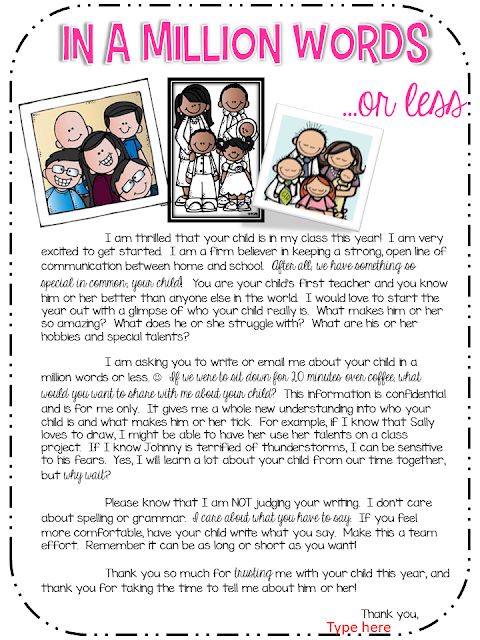
We will work directly with children to teach them how to learn effectively.
If you want your child to master all the techniques of effective learning before the start of the school year and start a new stage of learning from a situation of success, register him now in the school of special agents.
We have a limited number of seats in this stream. a curator works with each child and we simply cannot take many children at once.
The August Stream will help your children to easily prepare for the beginning of the school year, and save your nerves and energy on teaching your child.
Register your child right now, while there are free places in this stream, at such an important time for the start of the school year.
Enroll your child in the School of Special Agents for Effective Training
There are many different special agents in the world: installers, recruiters, field officers, route agents, double agents and freelancers.
But they all have one thing in common: an excellent memory.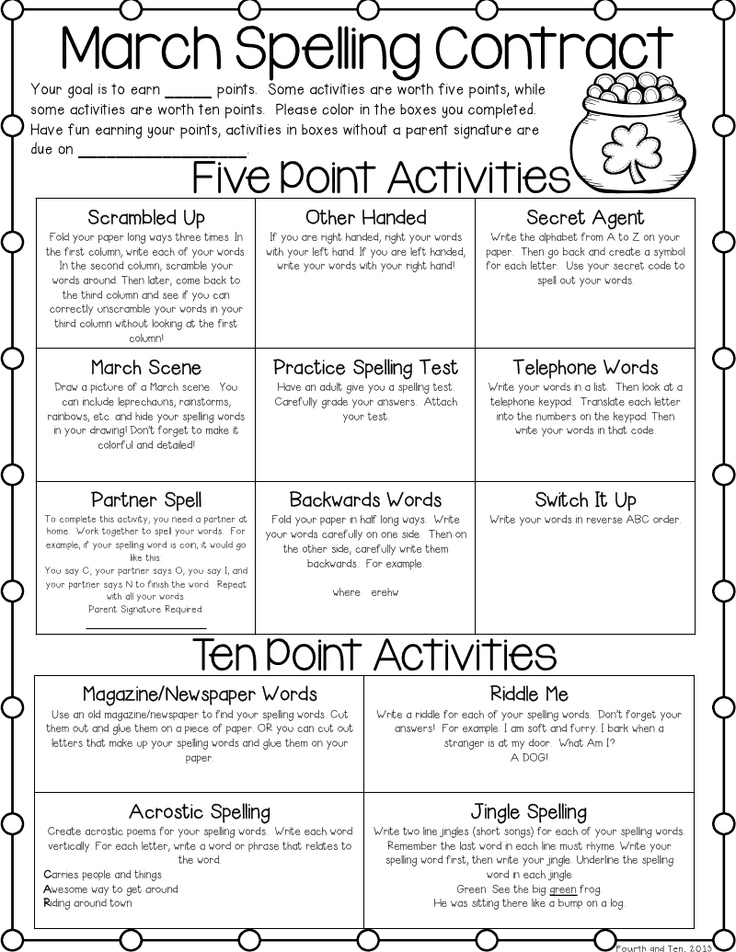
They memorize texts from one reading, remember faces from one glance, and remember names from the first meeting.
It's easy for a super agent to learn. He can easily retell texts, write essays and presentations, write correctly, solve problems and count great in his mind!
At the same time, they are not born super agents. And they become.
Currently, super agents are trained in super abilities after graduation, in special educational institutions and it is very difficult to get there.
Training "School of special agents" was created so that every boy and girl, young man and girl could try - what is it like to be a special agent?
In the trainings the guys will try what it means to have superpowers and how they can be developed. This program is a practical brain trainer that will allow each participant to unleash their superpowers.
Whether or not to be a special agent is up to you. But we know one thing for sure - it will become easier to study at school, it will become easier and more interesting to study at the institute, and it will be more exciting to work with information.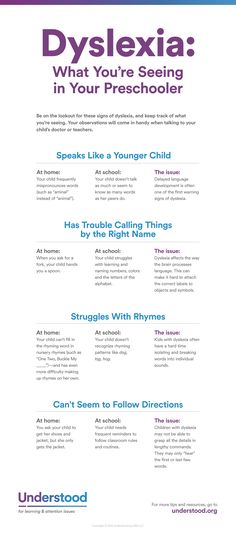
In addition, other guys, acquaintances and teachers will be amazed at how easily you remember, how beautifully you can speak and ask where you learned this.
Learn to study at the School of Effective Training Special Agents
Did you like the article? Save yourself on the wall so you don't lose
How to read and memorize texts of spelling rules. Ekaterina Buneeva's home online literacy school
We have already said several times that when teaching literate writing, you need to show the child how to apply the learned rule, how to find the point of application of this rule in a word (in other words, how to find a spelling by identification features) . At the same time, we meant that the child knows the rule itself. But are we sure that he knows?
In this article I would like to talk about how to teach a child to read, understand and meaningfully remember the spelling rule.
If the purpose of reading is to understand and memorize a text, then it should be read as learning reading.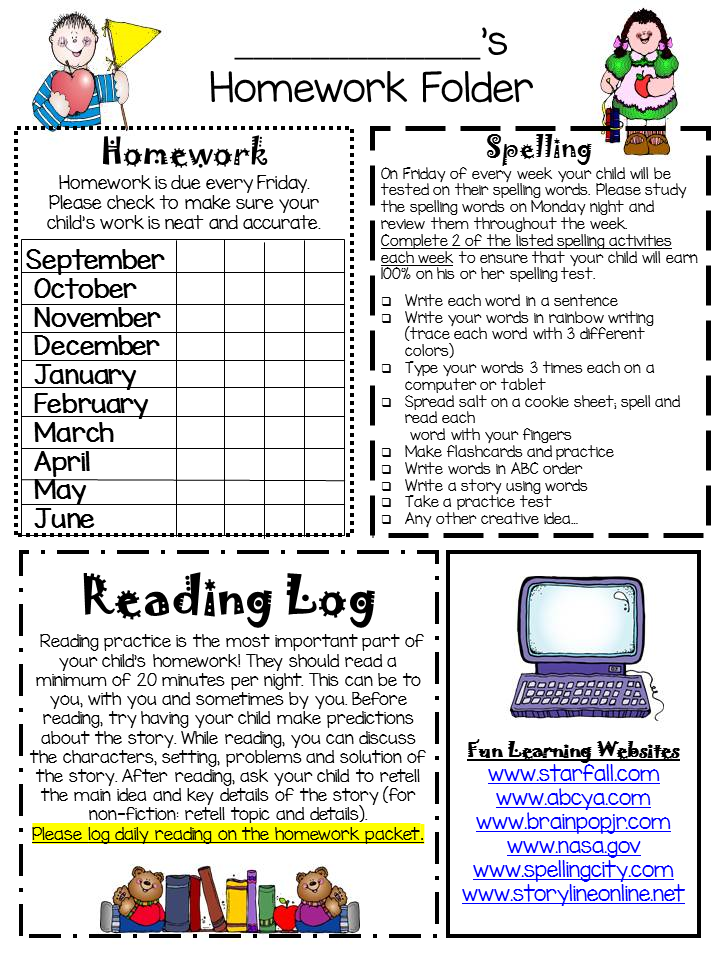
RULES STUDY READING ALGORITHM
1. Determine how many semantic parts are in the text of the rule. (There are as many as paragraphs.)
2. We ask a question to each semantic part of the text.
3. We write down these questions and get a text plan.
4. We retell the text based on the plan and keywords. (In the texts of the rules, keywords are always highlighted).
5. We transfer the content of the rule in the form of a diagram (drawing, reference abstract). The child himself chooses in what form it is more convenient for him to present information.
EXAMPLE
Suppose we need to read such a rule.
In Russian, there are words in which three consonants are nearby: [stn], [zdn], etc. One of the three consonants (middle) is not pronounced in the flow of speech. Such consonants are called unpronounceable. Local (pronounce me [sn] th), stellar (pronounce star [kn] th).
In order not to make a mistake in writing a word with an unpronounceable consonant in the root, it is necessary to choose such a test single-root word so that this sound is in front of the vowel and becomes pronounced.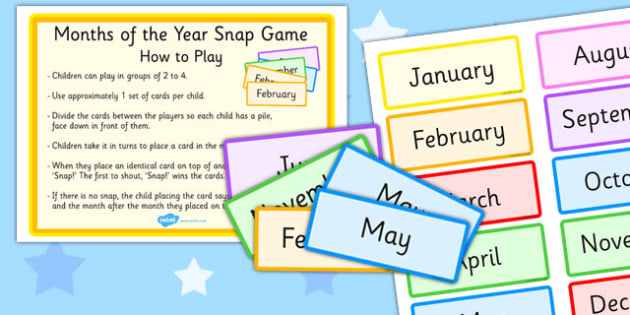 Local is a place, stellar is a star.
Local is a place, stellar is a star.
The letter of the unpronounceable consonant at the root of a word is an orthogram.
WE ACT BY THE ALGORITHM
1. There are three paragraphs in this text, which means three semantic parts. That is, we need to understand and remember three pieces of information.
2. Let's ask a question to each part of the text.
1) What are unpronounceable consonants and how do they arise?
2) How should one act in order not to make a mistake in writing a word with an unpronounceable consonant?
3) What is the name of the letter of the unpronounceable consonant sound?
3. We have a text plan.
4. We retell the text based on the plan and key words (the words “unpronounceable”, “checking one-root”, “before a vowel” are highlighted in the text). Ideally, you need to write down the plan on a sheet or on a board on the left, and on the right, opposite each item of the plan, write the key words that are in this part of the text.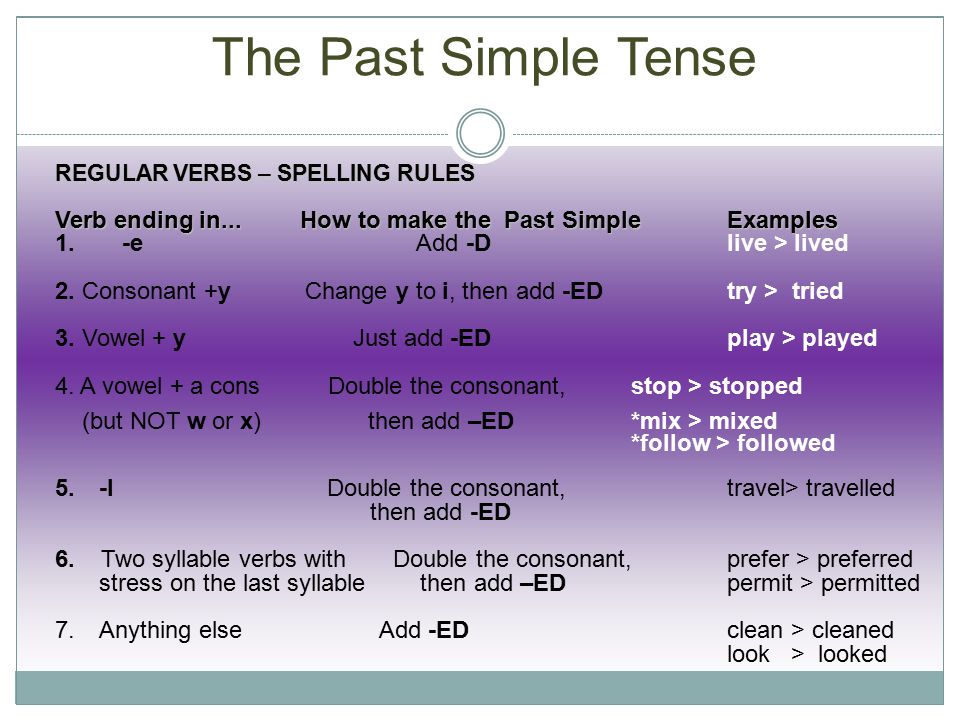 If we work according to the algorithm in a class, it is necessary that each child retells the text of the rule. To do this, we organize work in pairs.
If we work according to the algorithm in a class, it is necessary that each child retells the text of the rule. To do this, we organize work in pairs.
5. We transfer the content of the rule in the form of a diagram or drawing. (Each child will draw his own. You can, for example, draw a running man - the sound [d] in the word star, and in the word star the same man stands quietly next to the vowel man).
This work does not require much time and at the same time allows you to simultaneously
- deeply and comprehensively understand the rule,
- do not memorize the rule, but meaningfully memorize it in the process of reading and retelling,
- learn how to convey information in different ways (in the form of a plan, diagram, etc.),
– understand what a text plan is, where it comes from and why it is needed,
- learn to fix attention on the structure and keywords of the text.
This algorithm is very effective, I use it all the time: it is in our Russian language textbooks, in the "Universal Learning Materials" exercise books.

